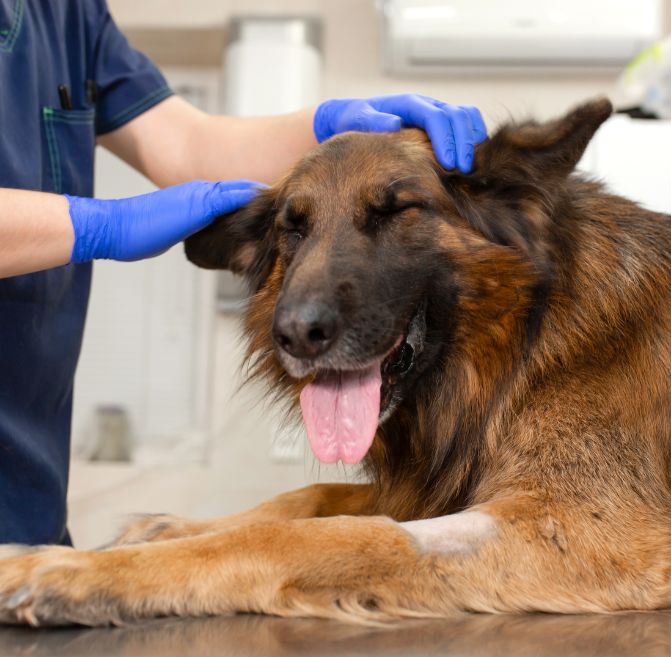Lake Placid, NY
Welcome to Lake Placid Animal Hospital
Your closest friends deserve the very finest treatment.
About Lake Placid Animal Hospital
Our Mission
To deliver thorough, evidence-based, and client-centered medical treatment across all stages of life. To suggest the most cutting-edge, highest level of care that is tailored for each family based on their treatment objectives and is founded on respect for one another, client education, and free, informed consent. To be readily available in the community to provide compassion and care to every member of the animal family who is in need, involving the entire team. To create an inclusive, welcoming workplace where clients and staff can engage in ongoing learning.
Our Veterinary Services
Complete Veterinary Care in Lake Placid, NY
Keeping your pet healthy is not only our responsibility but also a key component of our purpose at Lake Placid Animal Hospital. To support a healthy life for your pet, we offer services ranging from preventative care to surgery.

Surgical Procedures

Pet Wellness Care

Pet Diagnostics
Our Team
Meet Our Veterinary Team
The relationship you share with your pet is priceless in the eyes of our veterinarians. They work to maintain this link: your pets’ health and your education. It is an honor for the knowledgeable and welcoming staff at Lake Placid Animal Hospital to make you and your pet feel at home and secure in our medical care.



